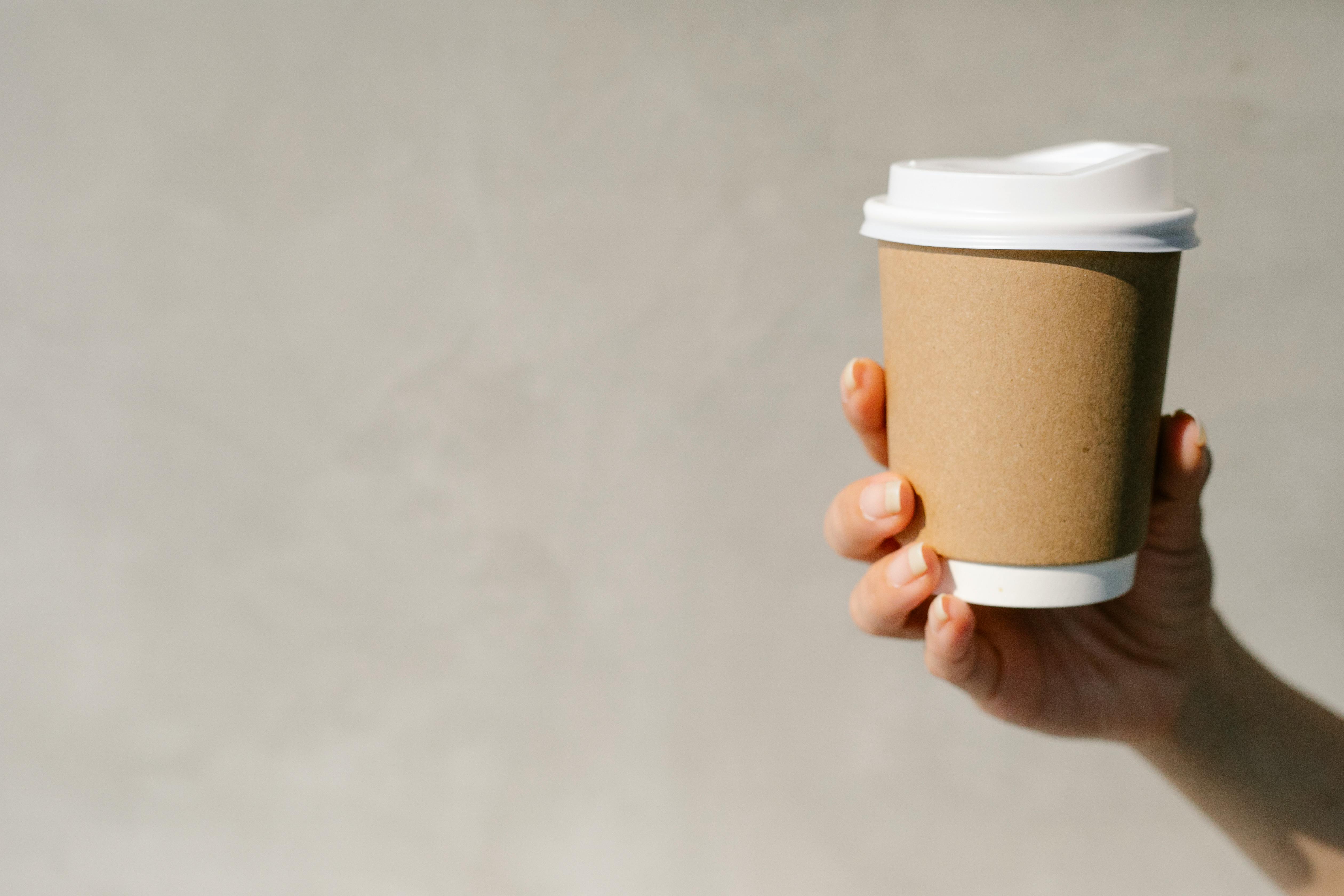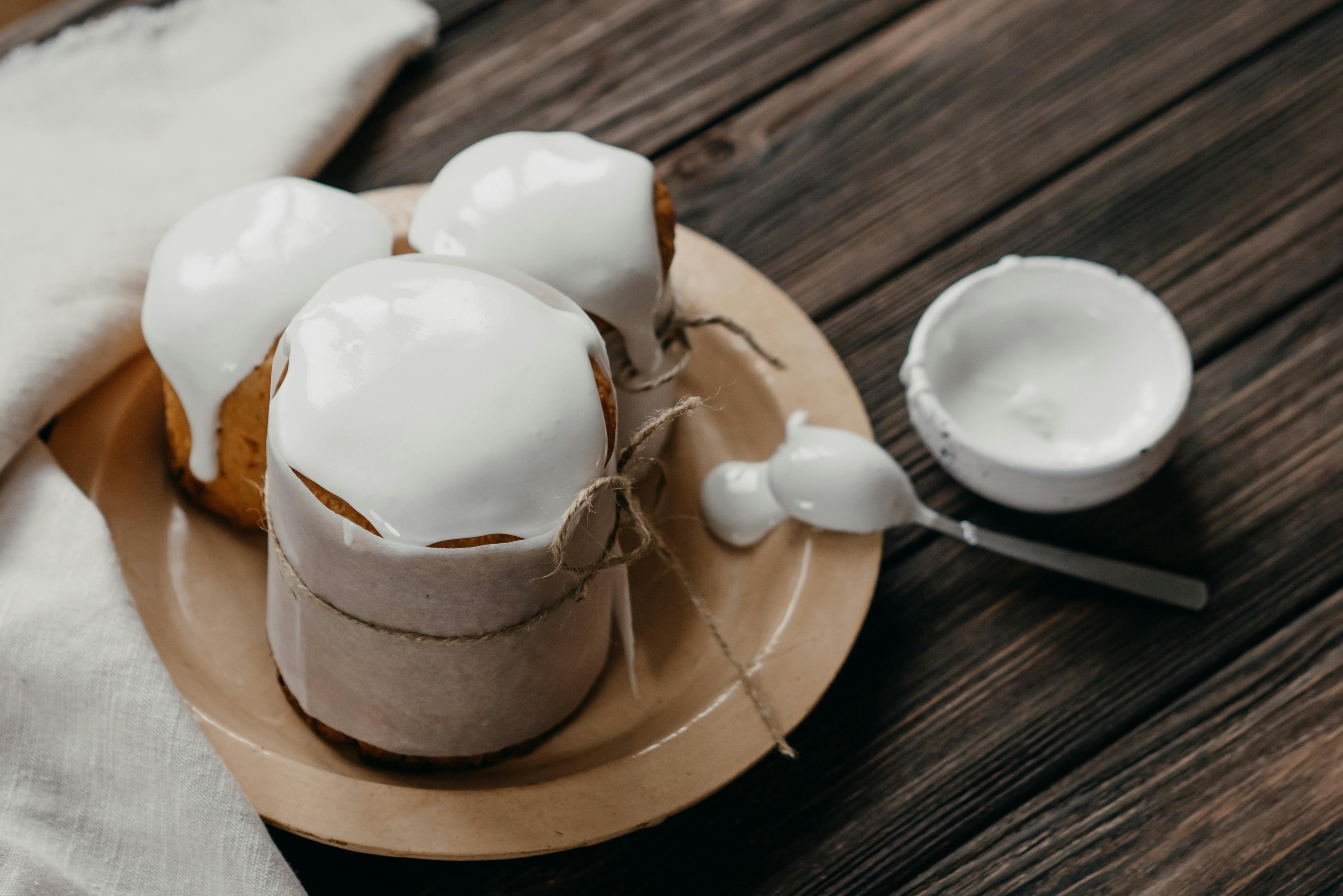Caffeine is a stimulant found in many beverages, including tea. Earl Grey tea is a popular black tea blend that contains caffeine. While the amount of caffeine in Earl Grey tea varies depending on the type of tea and the brewing method used, it typically contains about 40 milligrams of caffeine per cup. Knowing how much caffeine is in Earl Grey tea can help you decide if this beverage is right for you.A cup of Earl Grey tea typically contains between 25 and 75 milligrams of caffeine.
Earl Grey Tea
Earl Grey tea is a type of black tea that is flavored with bergamot orange. The tea was named after Charles Grey, the 2nd Earl Grey who was Prime Minister of the United Kingdom in the 1830s. It has a unique flavor and aroma that is loved by many. The traditional blend includes Chinese black teas such as Keemun or Lapsang Souchong, but it can also include other types of black teas such as Darjeeling or Assam.
This tea is usually served hot and can be enjoyed with milk, sugar, honey, or lemon to enhance its flavor. It can also be enjoyed cold with ice cubes and some herbs for a refreshing beverage. Earl Grey tea has a number of health benefits including improved digestion, increased energy levels, and reduced risk of heart disease. It can also help to reduce stress and promote weight loss when consumed regularly.
Earl Grey tea is widely available in both loose leaf and bagged form from specialty grocery stores and online retailers. It can also be found in pre-packaged boxes of various sizes and blends for convenience. Whether you are a fan of traditional Earl Grey or looking for something more exotic like flavored varieties, there are plenty of options to choose from. So make sure to check out your local stores or online retailers for the perfect blend!
Amount of Caffeine in Earl Grey Tea
Earl Grey tea is a type of black tea blended with the oil of bergamot, a type of citrus fruit. The amount of caffeine in a cup of Earl Grey tea varies depending on the amount of tea used and the brewing time. Generally, an 8-ounce cup of Earl Grey tea contains about 40 milligrams of caffeine. This is slightly more than the average cup of green tea, which generally contains between 25 and 30 milligrams per 8-ounce cup.
However, when compared to other types of teas, Earl Grey does not contain as much caffeine as many people think. For example, an 8-ounce cup of black tea typically contains between 35 and 45 milligrams, while an 8-ounce cup of oolong tea can contain anywhere from 50 to 75 milligrams. As such, it is important to consider the type and amount of tea used when calculating the amount of caffeine in a particular cup.
It is also important to note that there are decaffeinated versions available for most types of teas, including Earl Grey. These decaffeinated variations are made using a process known as water extraction which removes up to 97% or more of the caffeine from the leaves. As such, decaffeinated Earl Grey can be enjoyed without worry about an excessive intake of caffeine.
Sources Of Caffeine In Earl Grey Tea
The main source of caffeine in Earl Grey tea is the tea leaves themselves. Black tea, which is the main ingredient in Earl Grey, contains an average of 40 to 70 mg of caffeine per cup. The amount of caffeine can vary depending on how long the leaves are steeped, as well as the type and quality of the tea used. Other sources of caffeine in Earl Grey include added ingredients such as bergamot oil and other citrus flavors. Bergamot oil is derived from the rinds of citrus fruit, and it contains a small amount of caffeine that can contribute to the overall level found in a cup of Earl Grey. Additionally, some manufacturers may add extra caffeine to their blends in order to enhance its flavor or make it more stimulating.
Caffeine content can also be affected by other factors such as water temperature and brewing time. Hotter water will extract more caffeine from the tea leaves than cooler water, resulting in a stronger cup. Longer steeping times will also increase the amount of caffeine extracted from the leaves. It is important to pay attention to these factors when brewing Earl Grey tea in order to avoid consuming too much caffeine at one time.
Brewing Time And The Amount Of Caffeine In A Cup Of Earl Grey Tea
Brewing a cup of Earl Grey tea is a simple process that requires just a few minutes of your time. All you need is teabag or loose-leaf tea, hot water, and a cup. Depending on the strength you prefer, you can steep the tea for two to five minutes. Once brewed, this type of tea has an aroma and flavor that are reminiscent of citrus fruit, thanks to the bergamot oil used in its production.
In terms of caffeine content, Earl Grey tea typically contains around 45 milligrams per 8-ounce cup. This is slightly lower than black tea but higher than green or white teas. It also contains beneficial antioxidants like flavonoids and tannins that may help protect cells from free radical damage and reduce inflammation in the body.
Overall, Earl Grey is an excellent choice for those looking for a refreshing and flavorful beverage with moderate levels of caffeine. It’s easy to prepare and can be enjoyed either as a hot or cold drink.

Different Types Of Earl Grey Tea And Their Caffeine Content
Earl Grey tea is a unique and flavorful type of black tea that is flavored with oil of bergamot. It is one of the most popular types of tea, and it comes in many different varieties. Depending on the type, Earl Grey tea can have varying levels of caffeine in it. Here are some of the different types of Earl Grey tea and their caffeine content:
Traditional Earl Grey Tea
Traditional Earl Grey Tea is made from a blend of Chinese black teas including Keemun, Ceylon, and Darjeeling. This type of tea has around 40-60 mg of caffeine per 8 oz cup.
Decaffeinated Earl Grey Tea
Decaffeinated Earl Grey Tea is made with the same blend as traditional Earl Grey but it has gone through a process to reduce its caffeine content to around 0-4 mg per 8 oz cup. This makes it a great option for people who want to enjoy the flavor without as much caffeine.
Earl Green Tea
Earl Green Tea is made with green tea leaves instead of black tea leaves and flavored with oil of bergamot. This type of tea contains around 25-30 mg per 8 oz cup, making it a great option for people who want some caffeine but not as much as traditional black tea.
Lady Grey Tea
Lady Grey Tea is made from a blend of Chinese black teas similar to those used in traditional Earl Gray but also includes orange peel and lemon peel for added flavor. This type also contains around 40-60 mg per 8 oz cup.
No matter what type you choose, there are plenty of delicious options to enjoy when it comes to drinking Earl Gray tea!
Earl Grey Tea
Earl Grey tea is a popular type of tea that is made from the leaves of the Camellia sinensis plant. It has a unique flavor and aroma that is often described as citrusy, floral, and slightly smoky. It is traditionally served hot but can also be enjoyed as an iced tea. Earl Grey tea has long been praised for its health benefits, which range from aiding digestion to boosting energy levels. Here are some of the most notable health benefits associated with drinking Earl Grey tea.
Aids Digestion
The antioxidants in Earl Grey tea can help promote healthy digestion by increasing the production of digestive enzymes. This can help to break down food more quickly and effectively, reducing symptoms such as gas, bloating, and nausea. Additionally, Earl Grey tea may help to reduce inflammation in the digestive tract, which can further improve symptoms.
Boosts Energy Levels
Earl Grey tea contains caffeine, which makes it a great choice for those who need an extra boost of energy throughout the day. Caffeine helps to increase alertness and focus while providing an energy boost that can last up to six hours. However, it is important to note that too much caffeine can lead to jitters and other undesirable side effects.
Improves Heart Health
Earl Grey tea is rich in antioxidants called catechins, which have been shown to reduce bad cholesterol levels and protect against heart disease. The flavonoids found in Earl Grey tea have also been linked to improved cardiovascular health by reducing inflammation in the heart and arteries.
Fights Free Radicals
Free radicals are molecules that can damage cells and lead to oxidative stress in the body. The antioxidants found in Earl Grey tea are thought to help fight free radicals and protect cells from damage. This may help reduce the risk of chronic diseases such as cancer and diabetes.
Improves Mental Health
The caffeine found in Earl Grey tea may help improve alertness and focus while reducing stress levels. It has also been linked to improved moods by releasing certain chemicals such as serotonin that promote feelings of happiness and well-being.
Type of Tea
The amount of caffeine in a cup of Earl Grey tea varies depending on the type of tea used. Black teas tend to have higher amounts of caffeine than green or herbal teas, so Earl Grey teas made from black tea will generally have more caffeine than those made from green or herbal teas.
Brewing Time
The amount of time the tea is brewed can also affect the amount of caffeine in a cup. Generally, the longer the brewing time, the more caffeine will be extracted from the leaves and into your cup. A shorter steeping time will result in less caffeine in your cup.
Brewing Temperature
The temperature at which you brew your tea can also affect the amount of caffeine in the cup. Generally, brewing at a higher temperature will result in more caffeine being extracted from the leaves and into your cup. A lower temperature may result in less caffeine being extracted from the leaves.
Amount Of Tea Leaves Used
The amount of tea leaves used for brewing can also influence how much caffeine is extracted into your cup. Generally speaking, using more tea leaves will result in more caffeine being extracted into your cup while using fewer leaves will result in less caffeine being extracted into your cup.

Conclusion
The amount of caffeine in a cup of Earl Grey tea can vary greatly, depending on the type of tea used and how it is brewed. Typically, a cup of Earl Grey contains about 40-50mg of caffeine, with some varieties containing up to 75mg per cup. In general, Earl Grey tea has less caffeine than coffee or other caffeinated beverages.
When drinking Earl Grey tea, it is important to remember that too much caffeine can lead to adverse effects such as insomnia, headaches and nausea. Therefore, it is advisable to limit consumption of caffeinated beverages and be mindful of how much caffeine you are consuming in a day.
In conclusion, Earl Grey tea is an excellent source of antioxidants and offers a pleasant flavor while still providing a moderate amount of caffeine. To enjoy the health benefits without overdoing it, it is important to be aware of the amount you are drinking and be aware of any adverse effects that may occur from excessive consumption.
